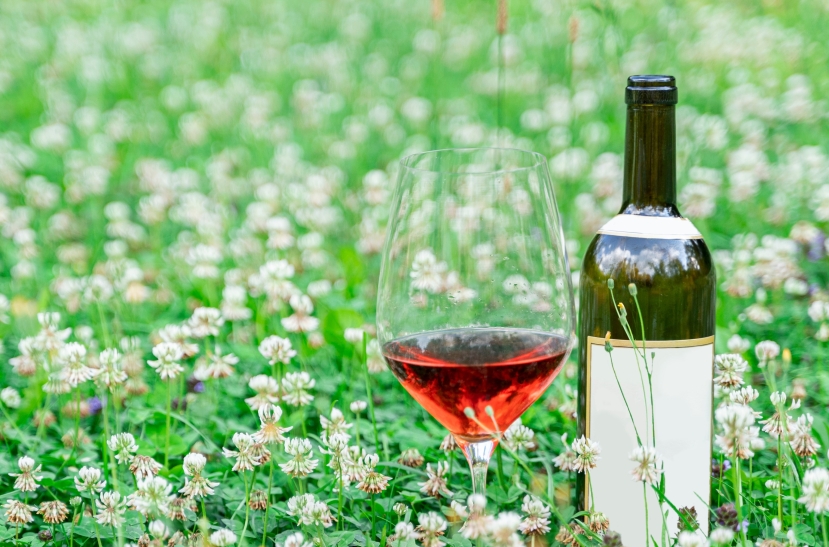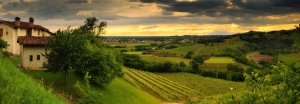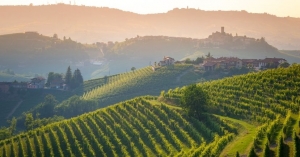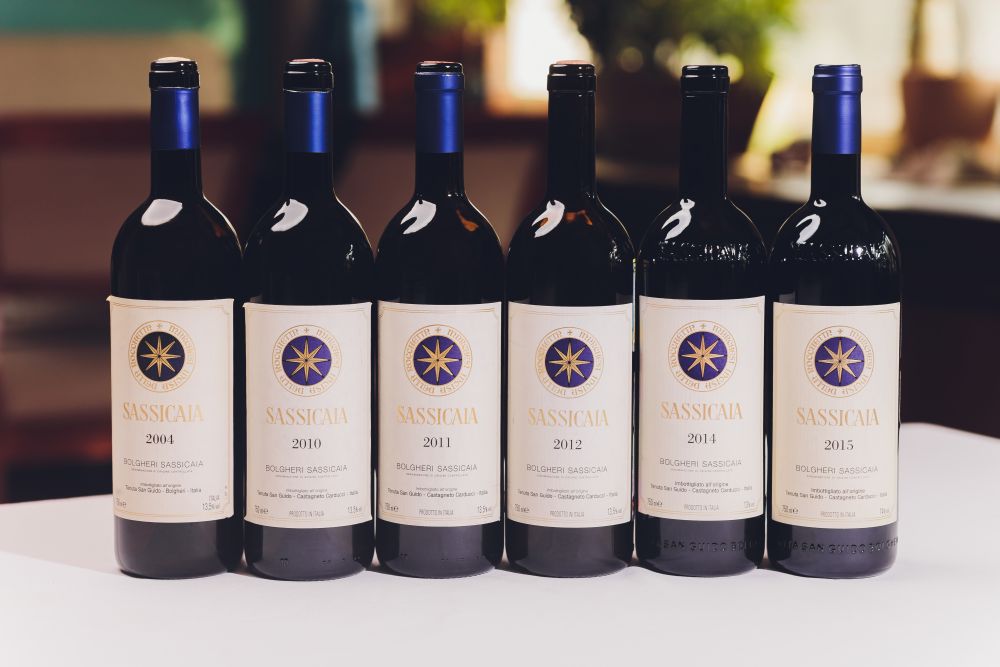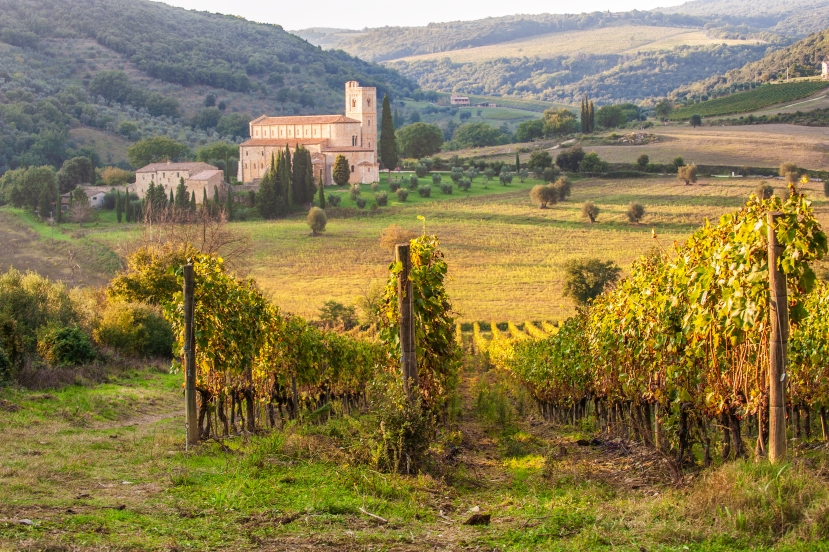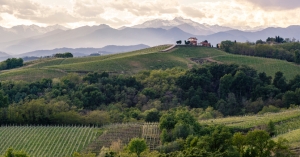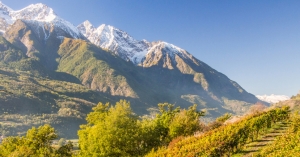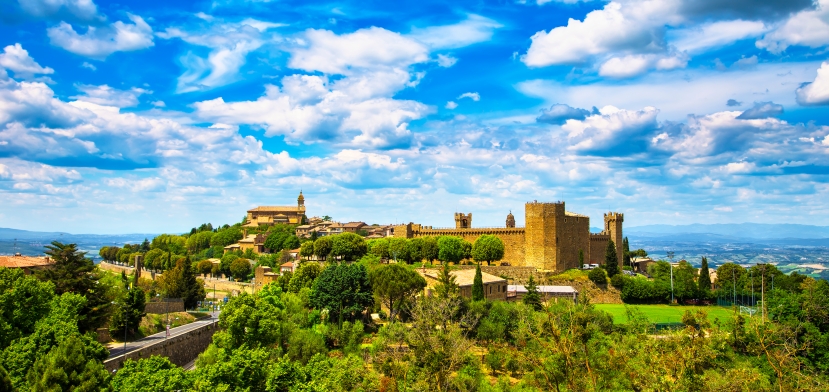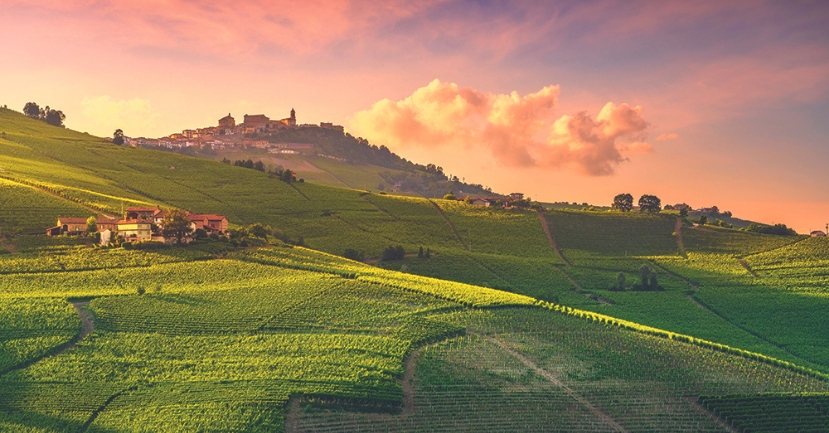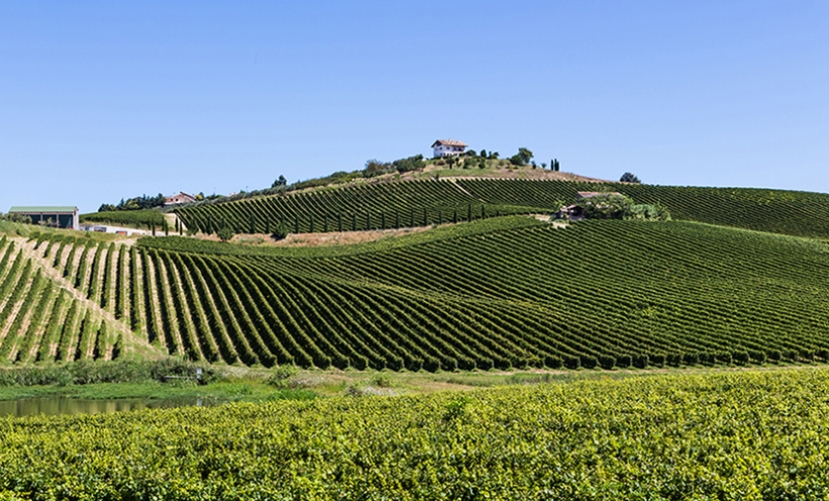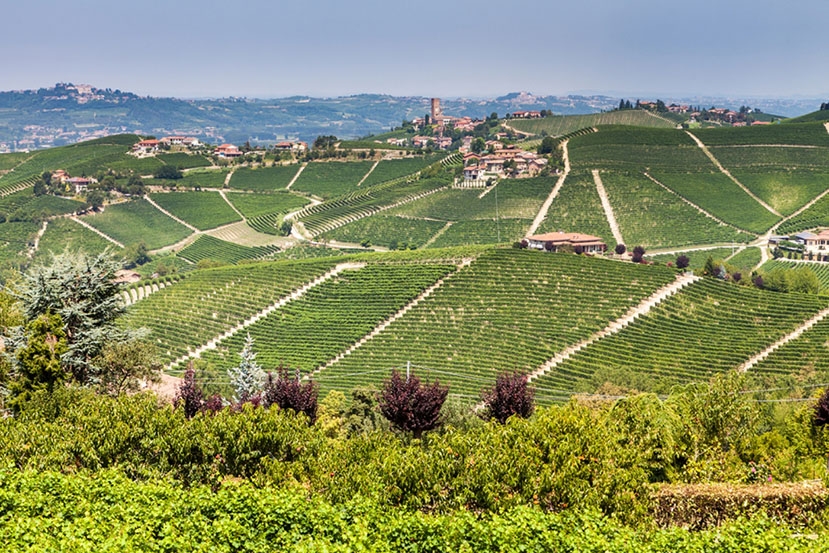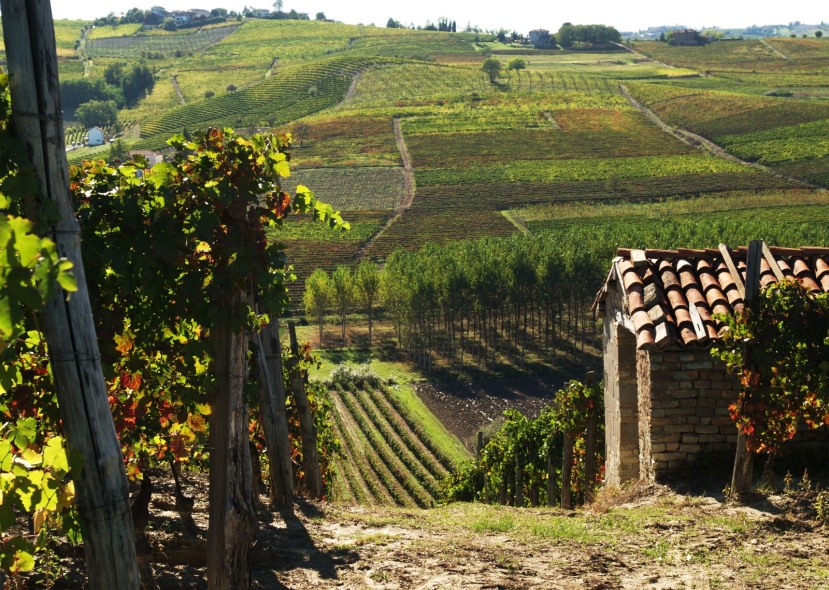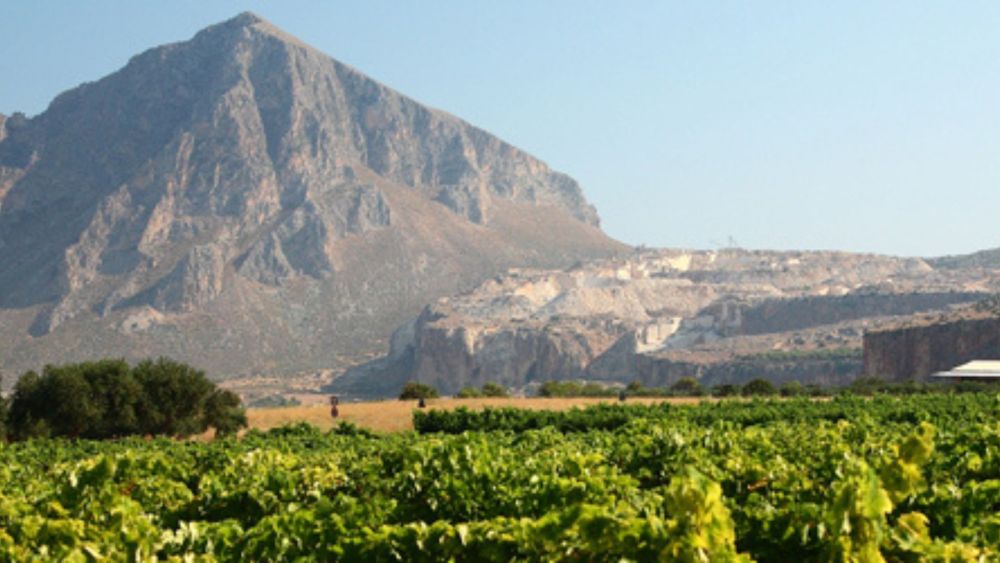BLOG
Italian wine regions travel
This article has been published in partnership with World of Fine Wine and Wine Scholar Guild.
A topsy-turvy 2019 Barolo growing season set many challenges for growers who produced wines that are classical in structure, with firm tannins and high acidity but less of the density and richness of recent warmer years, says Andrew Jefford, who was joined by Bruno Besa and Michael Palij MW.
Wine is fermented grape juice…in theory. However, in practice, modern wine may be made by using a wide array of compounds aimed at facilitating the winemaking process, enhancing the product’s organoleptic qualities, or simply fixing problems before or after they arise.
In the previous post, we considered lesser known red grape varieties and wines from Piemonte. For this article, we will examine similar wines and grapes from Trentino, Friuli Venezia Giulia and Sicily.
Italy has a rich and diverse history of winemaking, old vines and traditional grape varieties that contribute to the country's ancient wine culture, which has evolved throughout the centuries.
Apart from the Côte d’Or in Burgundy, perhaps no other wine territory has been dissected in greater detail than the Barolo zone. This makes perfect sense, as these are arguably the two most ideal representations of the concept of terroir; just as Pinot Noir from one village in Burgundy reveals different flavors than that of another nearby hamlet, so too offerings of Barolo from various communes often display diverse characteristics, despite the fact that every wine here is made exclusively from Nebbiolo.
There are 11 approved communes in the Barolo production zone. For this article, we will deal primarily with the five largest: La Morra, Serralunga d’Alba, Monforte d’Alba, Castiglione Falletto and Barolo itself. The remaining six are Cherasco, Diano d’Alba (interestingly, planted more to Dolcetto than Nebbiolo), Grinzane Cavour, Roddi, Verduno and Novello; these last two are home to two of the most in-demand vineyards in the entire zone: Monvigliero in Verduno and Ravera in Novello.
How to Watch
You can watch this live webinar in our community platform here
Summary
Barolo and Barbaresco are hotter than ever—but how are these wines evolving past their traditional regional stereotypes? In this webinar, wine writer and Piemonte specialist Joshua Dunning dives into the real story behind Piedmont’s modern rise. Forget the usual tale of
When I first joined the wine industry some 16 years ago, I was thrown in at the deep end specialising in selling the world’s finest wines to the well-heeled customers of Northwest London. In those early days, one of the topics that frequently plunged me under the water was when I had to sound knowledgeable about Italian wines. In my first couple of weeks on the job I was given a great piece of advice by one of my seasoned veteran colleagues: if you know just one
When the Consorzio Brunello di Montalcino was established in 1967, one year after the wine received DOC status (it became one of the initial DOCG wines in 1980), there were only twenty-five members. Today, there are more than two hundred Brunello producers; given the reputation of this wine for its ability to age for twenty-plus years in the finest vintages, this is hardly surprising.
The best-known wines of Piemonte, such as Barolo, Barbaresco, Roero Arneis and Moscato d’Asti are produced from grapes grown in the southern sector of the region; this includes the province of Cuneo and Asti, in districts such as the Langhe and Roero. But farther north, Alto Piemonte is a territory that is home to some of the region’s most complex, yet least understood wines. Gattinara, Boca and Ghemme are a few of these selections, and these days, greater attention is being paid to these wines and this relatively unknown viticultural outpost.
Whether it is in the bilingual wine labels of Alto Adige, or the occasional Slavic grape name in Friuli Venezia Giulia, Italian wine often reveals the duality of culture present in some of the country’s border regions. Tucked into Italy’s northwestern corner, Valle d’Aosta certainly demonstrates this, as its language, cuisine and wine seem to have one foot in Italy and another in France.
Walking along the path that leads to the summit of the Cartizze hill, the town of Santo Stefano gradually emerges in the distance, its bell tower and a few quaint houses standing as a punctuation mark amidst the harmonious mosaic of woodland patches and vineyards.
Like real-life topographic contour lines, the intricately arranged, labyrinthine rows of Glera vines ascend and wind through the characteristic, humpy “hogback” hills. Ciglioni – small, narrow cultivated terraced plots that have been utilised here since at least the 17th century – lend rigour and a sense of order to the vegetative profligacy of this landscape.
When the Consorzio Brunello di Montalcino was established in 1967, one year after the wine received DOC status (it became one of the initial DOCG wines in 1980), there were only twenty-five members. Today, there are more than two hundred Brunello producers; given the reputation of this wine for its ability to age for twenty-plus years in the finest vintages, this is hardly surprising.
How to Watch
You can watch this Insider's Guide Interview on our community space here
Summary
The beautiful rolling hills, outstanding vineyards and possibly the best food in Italy make Piemonte a wonderfully rewarding place for winelovers to visit. If it’s on your
Wine Scholar Guild is pleased to provide its readers with vintage and harvest reports for some of Italy’s most famous regions, from 2010 onward. We felt it was time that we expand our assessment of vintages and harvest reports outside of France and Italy was first on our list. To compile this in-depth report, we reached out to Italian wine specialist Tom Hyland. Tom seemed like the perfect fit for this project, as he has been reporting on and promoting Italian wines for more than twenty years as a journalist, educator, and photographer. He has made more than 75 trips to wine regions throughout all of Italy from his home in Chicago. In that time, he has written for numerous publications, including Decanter, wine-searcher.com and most recently Wine Spectator. He has written two books on Italian wine: Beyond Barolo and Brunello (2013) and The Wines and Foods of Piemonte (2016). Tom has conducted seminars on Italian wine for the trade and public; over the past year, he has led more than two dozen webinars with Italian producers; among these were several for Wine Scholar Guild. He also served as US ambassador for Consorzio I Vini del Piemonte for five years. He is also an accomplished photographer, having been named Wine Photographer of the Year (Category: Places) in 2020 at the prestigious Pink Lady competition in England. Andrea Eby, Italian Programs Director, asked Tom to provide a short blog article describing how he went about compiling this fantastic resource. We hope you enjoy the article and find the vintage charts as useful as we do. As always, we look forward to your questions and comments!
For as long as Italians have eaten good food, they have enjoyed good wine. The country is the world’s second-largest wine producer and besides a few hiccups after the fall of Rome, has been a consistent leader in viticulture for centuries.
For much of the wine history of Abruzzo, large cooperatives established a perception that the region’s wines were pleasant and technically correct, but offered little in the way of excellence. Today, the image of Abruzzese wine has taken on a new light, as dozens of smaller producers are crafting more sophisticated offerings that not only display superior complexity, but also offer greater elegance and aging potential as compared with the typical wines of the past.
Post–World War II, global wine production underwent a rapid and profound transformation. New developments in wine science from Montpellier, Geisenheim, and Bordeaux helped clean up wine,
The Etruscans were the first to produce wine in northern Italy; beginning with wild varieties, they cultivated vines in Piedmont centuries before the Romans arrived. Nevertheless, it was the Romans who advanced commercial winemaking, significantly increasing the area under vine and using props, trellises and ‘Greek presses’ to dependably supply the empire’s domestic and trading needs.
On June 25th, London played host to a prestigious gathering of Italy's top wine producers, unveiling their flagship wines to the UK trade and press.
Sicily captivates wine enthusiasts and travellers around the world, an island that in recent years has become famous not just as a holiday destination (White Lotus fans can attest) but also for the growing production of high-quality wines.
Page 1 of 2
- 1
- 2


